- Budding: Planting and Care, Types and Varieties Complete Guide
- Introduction
- Planting and Care
- Types and Varieties
- Conclusion
- Benefits of Budding
- 1. Efficient use of plant material
- 2. Faster growth and maturity
- 3. Preservation of desirable traits
- 4. Control over plant characteristics
- 5. Faster recovery from damage
- Planting Budding
- Types of Budding
- Choosing the Right Plant Materials
- Steps for Budding
- Care for Budded Plants
- Care for Budding Plants
- Provide Adequate Light
- Watering
- Fertilizing
- Pruning
- Pest and Disease Control
- Support and Staking
- Regular Monitoring
- Final Thoughts
- Types of Budding
- 1. T-budding
- 2. Chip budding
- 3. Inverted T-budding
- 4. Patch budding
- 5. Four-flap budding
- 6. V-budding
- Varieties of Budding
- T-budding
- Chip budding
- Tube budding
- Patch budding
- Veneer budding
- Double budding
- Choosing the Right Budding Method
- Tips for Successful Budding
- 1. Choose the Right Time
- 2. Select Healthy Rootstocks
- 3. Prepare the Bud Sticks
- 4. Clean and Sterilize Tools
- 5. Make Proper Cuts
- 6. Insert the Bud Properly
- 7. Wrap and Seal the Bud
- 8. Provide Proper Care and Maintenance
- 9. Monitor and Prune
- 10. Be Patient
- 11. Keep a Record
- 12. Seek Professional Advice
- Questions and Answers:
- What is budding?
- How do you plant a budded plant?
- What are the different types of budding?
- What are some common types of budded plants?
- What are the advantages of budding over other methods of plant propagation?
- Are there any specific care requirements for budded plants?
- What are some popular varieties of budded roses?
- Videos: How to propagation new Rose flower color from Red Rose flower bud and Yellow | New hormone
Budding is a popular method of plant propagation that involves joining a bud or a bud piece from one plant onto another plant. This technique, also known as bud grafting, is commonly used to create a new plant variety or to improve the characteristics of an existing variety.
To successfully perform budding, it is essential to choose the right time and the right plant material. The bark of the rootstock plant needs to be actively growing and easily separated from the wood. The bud or bud piece to be inserted should be from a healthy and vigorous plant, ideally taken from the current season’s growth.
There are several types of budding techniques, including T-budding, chip budding, patch budding, and inverted T-budding. Each technique has its own advantages and is suited for different plants and situations. It is important to have a good understanding of these techniques and to choose the most appropriate one for the specific plant and desired outcome.
There is a wide variety of plants that can be propagated through budding, including fruit trees, ornamental trees, roses, and grapes. Different plants may require different care and maintenance after budding, so it is important to research and follow the specific guidelines for each plant.
Overall, budding is an effective and versatile method of plant propagation that allows for the creation of new plant varieties and the improvement of existing ones. With the right knowledge and techniques, anyone can successfully practice budding and enjoy the satisfaction of growing and nurturing their own unique plants.
Budding: Planting and Care, Types and Varieties Complete Guide
Introduction
Budding is a method of asexual propagation commonly used in horticulture to produce new plants with desirable characteristics. It involves grafting a bud from a selected plant onto a rootstock, allowing for the development of a genetically identical plant.
Planting and Care
To begin the budding process, carefully select the budwood from a healthy and disease-free plant. The budwood should be collected during the dormant season when the plant is not actively growing. It is important to choose a compatible rootstock, as this will ensure successful grafting and overall plant health.
After collecting the budwood, make a T-shaped incision on the rootstock and carefully insert the bud beneath the bark. Secure the bud in place with grafting tape or rubber bands. It is crucial to provide proper care to the budding plant by watering regularly, providing sufficient sunlight, and protecting it from extreme weather conditions and pests.
Types and Varieties
There are several types of budding techniques, each suitable for different plants and purposes. Chip budding, T-budding, and patch budding are some of the commonly used methods. Each technique has its own advantages and disadvantages, and it is essential to choose the appropriate method based on the specific plant and desired outcome.
When it comes to varieties, budding allows for the propagation of plants with desired traits, such as disease resistance, unique flower colors, or increased fruit yield. Budding is often used in fruit tree production to create new varieties that combine desirable traits from different parent plants.
Conclusion
Budding is an important technique in horticulture that allows for the production of new plants with desired characteristics. By carefully selecting budwood and rootstock, and providing proper care, budding can result in the successful propagation of plants. Understanding the different types of budding techniques and the variety of plants that can be propagated through budding is crucial for successful cultivation. With proper knowledge and care, budding can be a valuable tool for plant propagation and horticultural innovation.
Benefits of Budding
Budding is a popular technique used in plant propagation because of its numerous benefits. Here are some of the main advantages of using budding:
1. Efficient use of plant material
Budding allows gardeners and nursery owners to efficiently use plant material by creating multiple copies of the desired plant from a single parent plant. This means that plants can be propagated on a large scale without having to sow seeds, which can be time-consuming and unpredictable.
2. Faster growth and maturity
Budded plants generally grow faster and reach maturity quicker than plants grown from seed. This is because the bud is taken from a mature and established plant and is grafted onto a younger rootstock. This allows the plant to access the resources and nutrients provided by the stronger root system, resulting in faster growth and development.
3. Preservation of desirable traits
Budding allows for the preservation of desirable traits in plants. This is important in the case of fruit trees, where specific varieties are selected for their taste, yield, disease resistance, or other desirable characteristics. By using budding, these desirable traits can be maintained and passed on to the new plant, ensuring consistent quality and performance.
4. Control over plant characteristics
With budding, gardeners have more control over the characteristics of the new plant. By selecting the desired bud or budwood, gardeners can choose to propagate plants with specific traits, such as color, size, or shape. This level of control is not possible with seed propagation, where the resulting plants may exhibit a wide range of characteristics.
5. Faster recovery from damage
In the event of damage to a plant, such as due to disease, pests, or harsh weather conditions, budding allows for faster recovery. This is because the bud is taken from a healthy and mature plant, which is more resilient and better able to cope with stress. By grafting the bud onto a damaged plant, the plant can quickly regenerate and resume normal growth.
In conclusion, budding offers numerous benefits for plant propagation, including efficient use of plant material, faster growth and maturity, preservation of desirable traits, control over plant characteristics, and faster recovery from damage. This technique is widely used in gardening and horticulture for these reasons and continues to be an important tool in the propagation of a wide range of plants.
Planting Budding
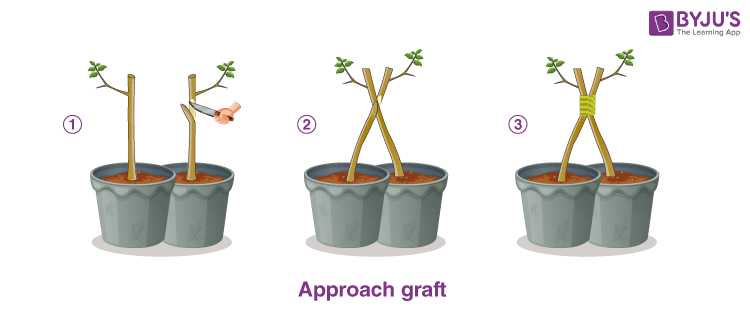
Budding is a method of vegetative propagation that involves grafting a bud from one plant onto a stem or rootstock of another plant. This technique is commonly used in horticulture to create new plants with desirable traits, such as disease resistance or specific flower or fruit varieties.
Types of Budding
There are several types of budding techniques that can be used, depending on the plants being propagated and the desired outcome:
- T-budding: This method involves making a T-shaped cut on the stem or rootstock and inserting a bud from the desired plant into the cut. The bud is then secured with a rubber band or grafting tape.
- Chip budding: In this technique, a small chip of bark with a bud is cut from the desired plant and inserted into a slit in the stem or rootstock of the recipient plant. The bud is then secured with grafting tape.
- Patch budding: Patch budding involves cutting a rectangular patch of bark from the recipient plant and a matching patch with a bud from the desired plant. The patches are then placed together and secured with grafting tape.
- Inlay budding: In this method, the bark of the recipient plant is completely removed, and a bud from the desired plant is inserted into a T-shaped slit in the exposed wood. The bud is then secured with grafting tape.
Choosing the Right Plant Materials
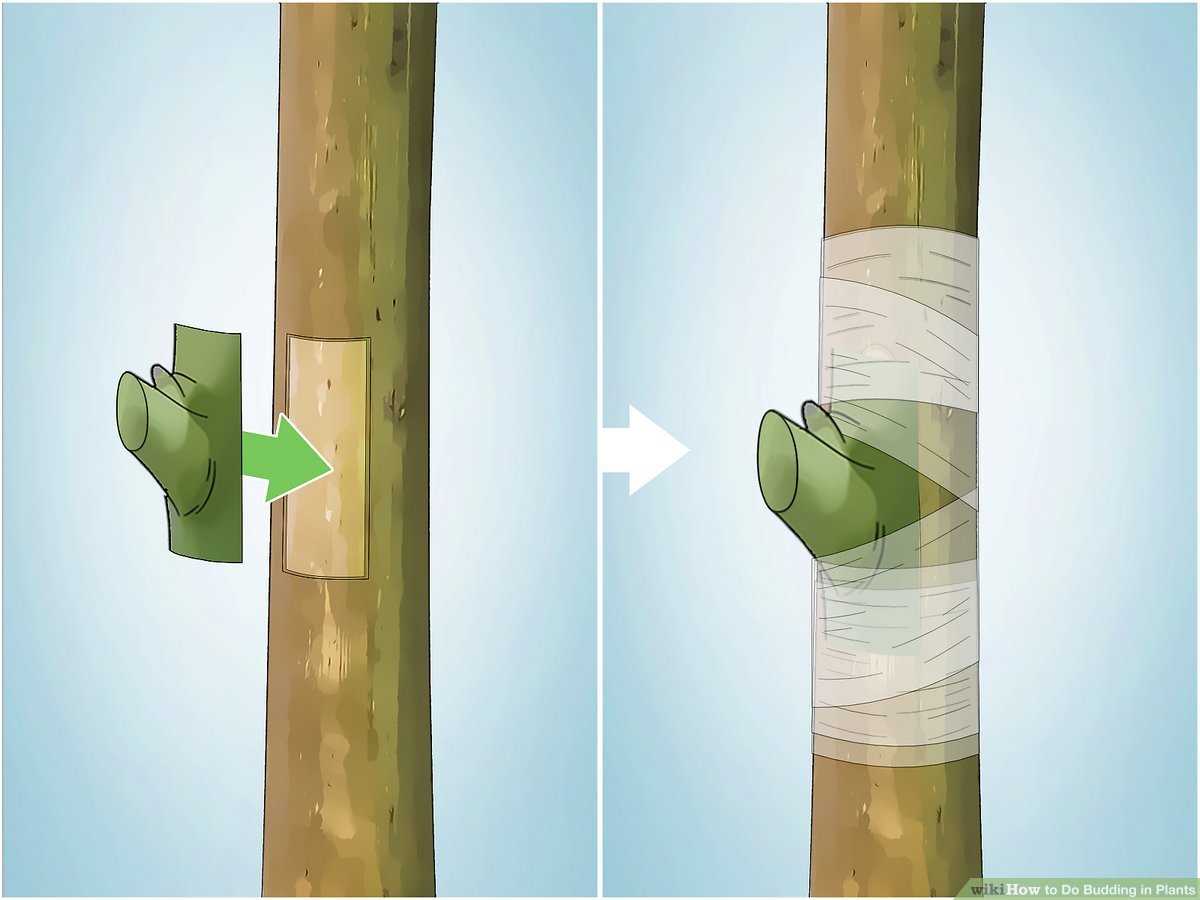
When budding, it is important to choose healthy plant materials. Both the donor plant (the plant from which the bud is taken) and the recipient plant (the plant onto which the bud is grafted) should be vigorous and disease-free. The bud should be taken from a plant that exhibits the desired traits, such as good flower color or disease resistance.
Steps for Budding
The process of budding typically involves the following steps:
- Select a healthy donor plant and recipient plant.
- Choose the appropriate budding technique for the plants being propagated.
- Prepare the tools, including a sharp knife, rubber bands or grafting tape, and disinfectant.
- Sterilize the tools to prevent the spread of diseases.
- Make the necessary cuts or slits on the recipient plant.
- Insert the bud from the donor plant into the cuts or slits.
- Secure the bud with a rubber band or grafting tape.
- Monitor the budding site for signs of success, such as new growth or bud swelling.
- Once the bud has successfully taken, remove the rubber band or grafting tape.
Care for Budded Plants
After budding, it is important to provide proper care to ensure the success of the graft. This includes:
- Protecting the graft site from extreme temperatures, wind, and excessive moisture.
- Watering the plant regularly to keep the root system moist.
- Applying fertilizer to promote healthy growth.
- Monitoring the plant for signs of diseases or pests and taking appropriate action.
- Pruning any competing shoots or branches to allow the grafted bud to grow.
By following these steps and providing proper care, you can successfully propagate plants through budding and enjoy the benefits of new plants with desirable traits.
Care for Budding Plants
Provide Adequate Light
Budding plants require ample light for proper growth. Place them in a location that receives at least 6-8 hours of direct sunlight daily. If the natural light is not enough, consider using fluorescent grow lights or other artificial lighting sources.
Watering
Proper watering is crucial for the health of budding plants. Keep the soil consistently moist but not soggy. Allow the top inch of soil to dry out slightly before watering again. Avoid overwatering as it can lead to root rot.
When watering, make sure to water the soil directly and not the leaves to prevent fungal diseases. Use room temperature water to avoid shock to the plants.
Fertilizing
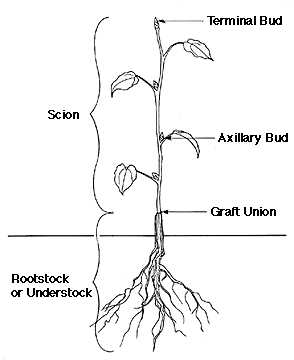
Budding plants benefit from regular fertilization to support healthy growth. Use a balanced water-soluble fertilizer and dilute it according to the package instructions. Apply the fertilizer every 2-3 weeks during the growing season.
Be careful not to apply too much fertilizer as it can burn the plants. Always follow the recommended dosage for your specific plant species.
Pruning

Pruning helps promote bushier growth and encourages more blooms in budding plants. Remove any dead, damaged, or diseased foliage regularly. Pinch or cut back the tips of the plant to promote branching and more flower production.
Pest and Disease Control
Monitor budding plants closely for any signs of pests or diseases. Common pests that attack budding plants include aphids, mealybugs, and spider mites.
If pests are detected, use organic insecticides or insecticidal soaps to control them. For fungal or bacterial diseases, remove the affected parts promptly and consider using a fungicide or bactericide.
Support and Staking
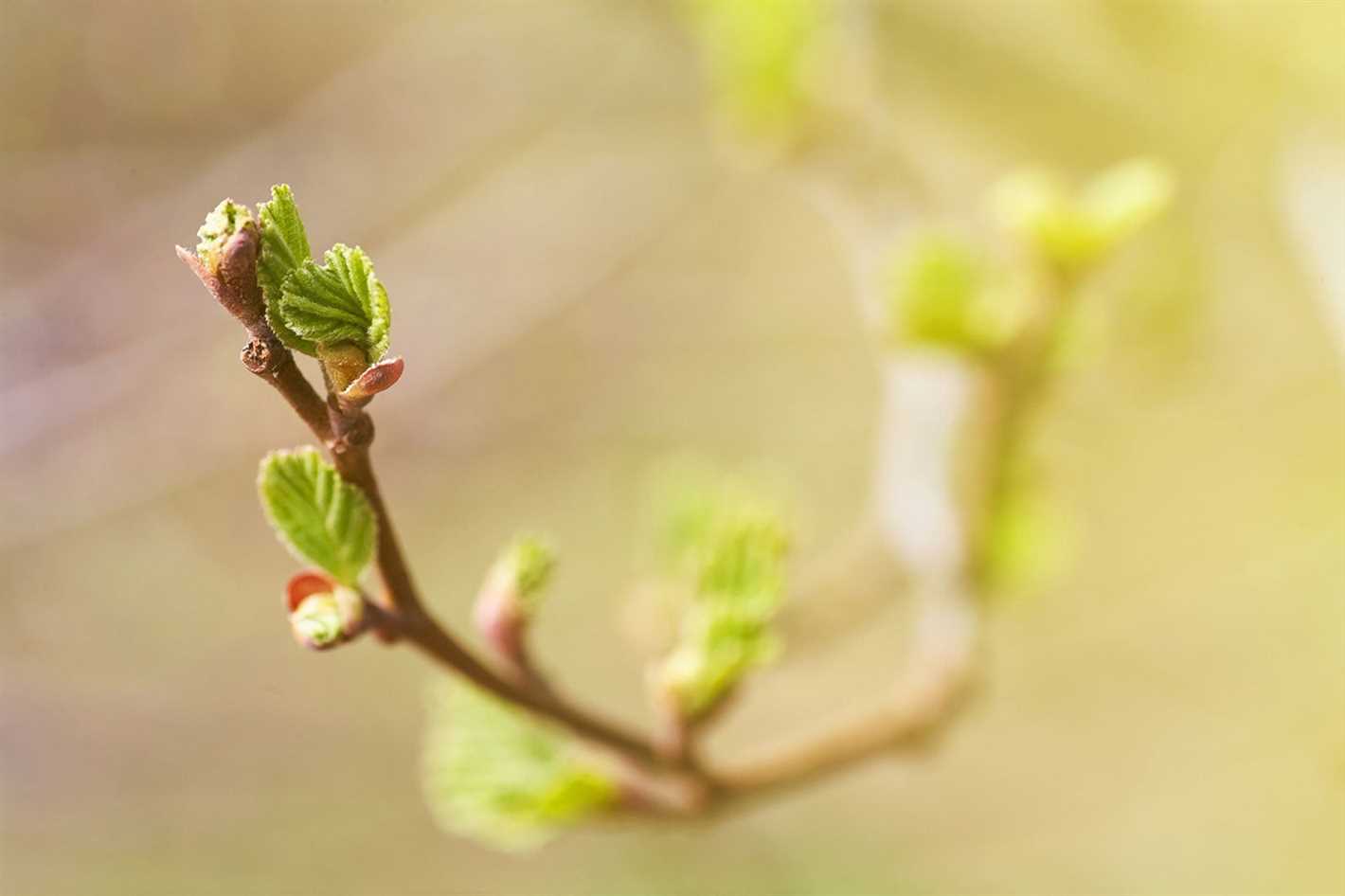
Some varieties of budding plants, such as tall flowers or vining plants, may require support or staking to prevent them from flopping over or breaking. Use bamboo stakes, trellises, or plant cages to support the plants as they grow.
Regular Monitoring
Keep a close eye on your budding plants for any changes in growth, color, or overall health. Regular monitoring allows you to catch any problems early on and take corrective measures promptly.
Inspect the plants for any signs of nutrient deficiencies, pests, or diseases and address them accordingly.
Additionally, keep an eye on the environmental conditions such as temperature, humidity, and airflow to ensure they are within the optimal range for your specific plant species.
Final Thoughts
Caring for budding plants requires attention to their specific needs in terms of light, water, fertilization, pruning, and pest control. By providing the right care, you can help your plants thrive and produce beautiful blooms. Remember to regularly monitor your plants and take action promptly to maintain their health and vigor. With proper care, your budding plants will reward you with a stunning display of flowers.
Types of Budding
Budding is a method of plant propagation where a bud or a small shoot from one plant is joined onto the rootstock of another plant. This technique is commonly used in horticulture to produce new plants with desirable traits or characteristics. There are several types of budding that can be used, each with its own advantages and disadvantages. Here are some of the most common types:
1. T-budding
T-budding, also known as shield budding, is one of the most popular methods of budding. In T-budding, a T-shaped cut is made in the bark of the rootstock, and a small bud with a piece of bark attached is inserted into the cut. The bud is then secured with a clip or tape. T-budding is commonly used for fruit trees and roses.
2. Chip budding
Chip budding, also known as patch budding, is another commonly used method. In chip budding, a small chip or piece of budwood with a bud or buds is inserted into a matching cut in the rootstock. The chip is then secured with tape or a clip. Chip budding is often used for citrus trees and roses.
3. Inverted T-budding
Inverted T-budding is a variation of T-budding where the T-shaped cut is made in the budwood instead of the rootstock. The budwood is then inserted into a matching cut in the rootstock. Inverted T-budding is commonly used for grafting roses.
4. Patch budding
Patch budding, also known as side budding, is a method where a small rectangular patch of bark with a bud is removed from the rootstock and a matching patch is removed from the budwood. The budwood patch is then inserted into the rootstock’s patch and secured with tape or a clip. Patch budding is commonly used for fruit trees.
5. Four-flap budding
Four-flap budding, also known as banana budding, is a technique where four flaps of bark are lifted on the rootstock. A budwood with a bud is then inserted in the center and the flaps of bark are folded over and secured with tape or a clip. Four-flap budding is commonly used for mango trees.
6. V-budding
V-budding, also known as shield budding, is a method similar to T-budding, but with a V-shaped cut instead of a T-shaped cut. The budwood with a bud is inserted into the V-shaped cut and secured with tape or a clip. V-budding is often used for fruit trees and grapevines.
These are just a few examples of the different types of budding that can be used in plant propagation. Each method has its own unique benefits and suitability for different types of plants. By understanding these techniques, gardeners and horticulturists can successfully propagate a wide variety of plants with desirable traits and characteristics.
Varieties of Budding
Budding is a method of asexual propagation in which a bud or a portion of a stem with buds is grafted onto a rootstock. There are several different varieties of budding that are commonly practiced. Each variety has its own advantages and is used for specific purposes.
T-budding
T-budding is the most commonly used method of budding. In this method, a T-shaped incision is made in the bark of the rootstock, and a bud from the scion is inserted into the incision. The bud is then wrapped with a special tape to hold it in place. T-budding is typically done in late summer or early autumn when the bark easily slips off the rootstock.
Chip budding
Chip budding is similar to T-budding, but instead of a single bud, a small chip of wood with a bud is used. The chip is inserted into a slit made in the bark of the rootstock. Chip budding is often used when the scion material is scarce or when there is a need to propagate different varieties onto the same rootstock.
Tube budding
Tube budding is a method commonly used for propagating roses. In this method, a small bud is inserted into a specially designed plastic tube that has a slit in the side. The tube is then wrapped around a stem of the rootstock, and the bud is protected and encouraged to grow inside the tube.
Patch budding
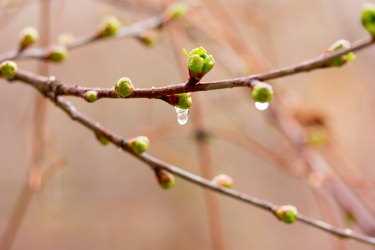
Patch budding is a method that is often used for propagating citrus trees. In this method, a small piece of the bark, called a patch or shield, is removed from the rootstock and a bud from the scion is inserted under the patch. The patch is then wrapped with a special tape or grafting compound to hold it in place.
Veneer budding
Veneer budding is a method commonly used for propagating fruit trees. In this method, a small section of the bark, called a veneer, with a bud is removed from the scion. A corresponding area on the rootstock is then prepared and the veneer is inserted into the prepared area. The veneer is then wrapped tightly with plastic tape or grafting compound.
Double budding
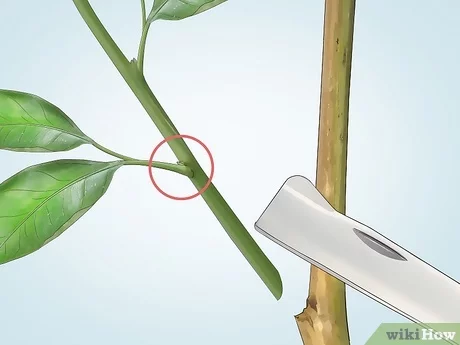
Double budding is a method used for propagating trees that are difficult to bud. In this method, two buds from the scion are inserted into the rootstock. This increases the chances of success as one bud may fail to grow, but the other may survive and start growing. Double budding is often done in spring when the rootstock is actively growing.
Choosing the Right Budding Method
The choice of the budding method depends on factors such as the type of plant, availability of scion material, time of the year, and personal preference. It is important to carefully select the appropriate method for each specific situation to ensure the best chances of success.
Tips for Successful Budding
1. Choose the Right Time
Timing is crucial when it comes to budding. Make sure you choose the right time for budding, which is usually during the spring or early summer when the bark is slipping easily.
2. Select Healthy Rootstocks
When selecting rootstocks, make sure they are healthy and disease-free. Choose rootstocks that are vigorous and have a strong root system.
3. Prepare the Bud Sticks
Before budding, prepare the bud sticks by cutting them from a healthy and disease-free plant. Make sure the bud sticks are taken from young, tender wood.
4. Clean and Sterilize Tools
Before budding, clean and sterilize all your tools to prevent the spread of diseases. Use a solution of bleach and water or rubbing alcohol to disinfect your tools properly.
5. Make Proper Cuts
When making cuts on the rootstock, make sure they are clean and precise. Use a sharp knife or budding tool to make a smooth T-shaped or shield-shaped incision for inserting the bud.
6. Insert the Bud Properly
When inserting the bud into the rootstock, make sure it fits snugly and aligns properly. The bud should be placed just below the bark, and the bud shield should be completely covered with the rootstock bark.
7. Wrap and Seal the Bud
After inserting the bud, wrap the grafted area with a budding tape or grafting rubber to hold the bud in place. Make sure the wrapping is tight but not too tight to allow for proper bud growth.
8. Provide Proper Care and Maintenance
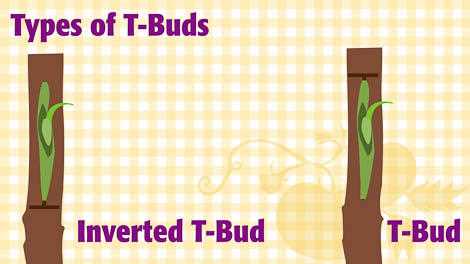
Once the budding is done, provide proper care and maintenance to ensure the success of the graft. Keep the grafted plant in a protected area, water regularly, and provide the necessary nutrients for healthy growth.
9. Monitor and Prune
Monitor the grafted plant regularly for any signs of diseases or pests. Prune any unwanted shoots or side branches to redirect the plant’s energy towards the growing bud.
10. Be Patient
Budding takes time, so be patient and allow the bud to heal and grow. It may take several weeks or even months for the bud to start growing and producing new shoots.
11. Keep a Record
Keep a record of your budding activities, including the types of rootstocks and budwood used, the date of budding, and any observations or problems encountered. This record will help you learn from your experiences and improve your budding skills for future reference.
12. Seek Professional Advice
If you are new to budding or facing difficulties, don’t hesitate to seek professional advice. Local horticulturists, nurseries, or experienced gardeners can provide valuable guidance and tips to ensure successful budding.
Questions and Answers:
What is budding?
Budding is a type of asexual reproduction in plants where a bud or a small part of a parent plant is used to grow a new plant.
How do you plant a budded plant?
To plant a budded plant, you need to prepare a suitable location in your garden or a pot. Dig a hole, ensuring it is deep enough to accommodate the root system. Place the plant in the hole, making sure that the budded part is above the soil level. Fill the hole with soil, gently firming it around the plant. Water well and keep the soil moist until the plant establishes itself.
What are the different types of budding?
There are several types of budding, including T-budding, chip budding, patch budding, and inverted T-budding. Each type is used in specific situations and requires different techniques.
What are some common types of budded plants?
Some common types of budded plants include roses, citrus fruits, grapes, and apples. These plants are often propagated through budding due to their desirable traits or specific characteristics.
What are the advantages of budding over other methods of plant propagation?
Budding offers several advantages over other methods of plant propagation. It allows for the preservation of specific traits, such as disease resistance or fruit production, as the new plant inherits these traits from the parent plant. Budding also leads to quicker plant growth and establishment compared to other methods like seed propagation.
Are there any specific care requirements for budded plants?
Yes, budded plants require proper care to ensure their healthy growth. They should be watered regularly, especially during dry periods. Fertilizer application is also necessary to provide the plants with essential nutrients. Pruning may be required to shape the plants and remove any damaged or diseased branches. Protection from pests and diseases is also important to maintain the overall health of the budded plants.
What are some popular varieties of budded roses?
Some popular varieties of budded roses include hybrid teas, floribundas, grandifloras, and climbers. Each variety has its own unique characteristics, such as flower color, fragrance, and growth habit. Examples of popular budded rose varieties include ‘Mr. Lincoln’, ‘Peace’, ‘Iceberg’, and ‘New Dawn’.







